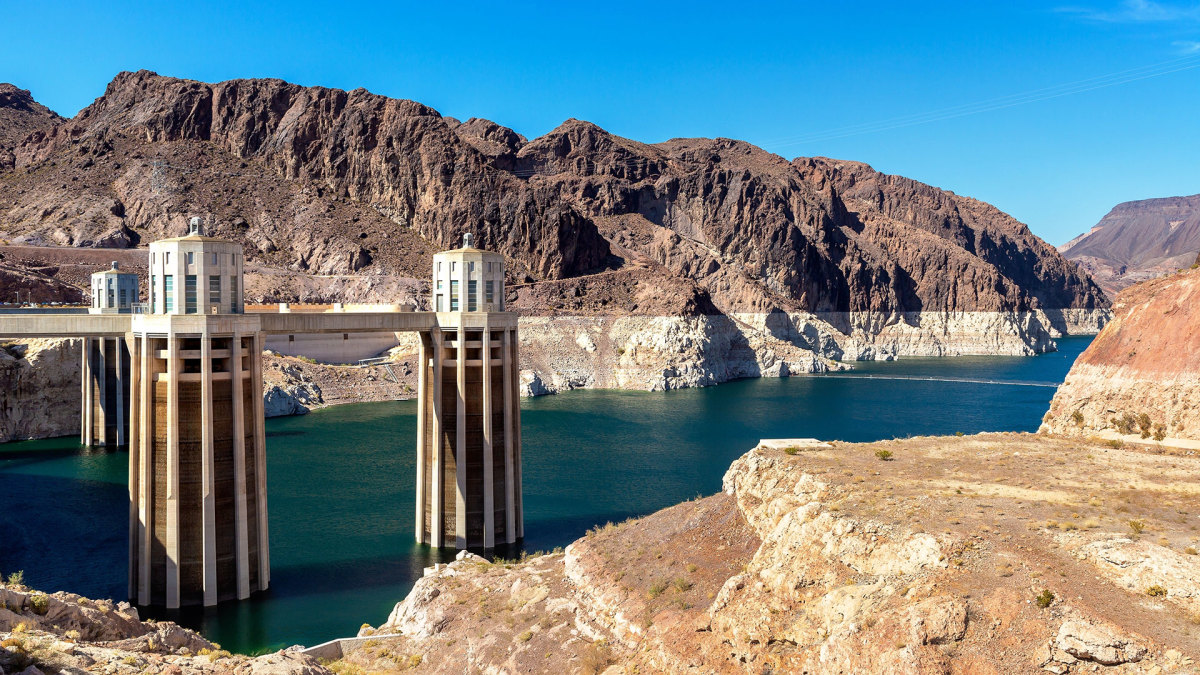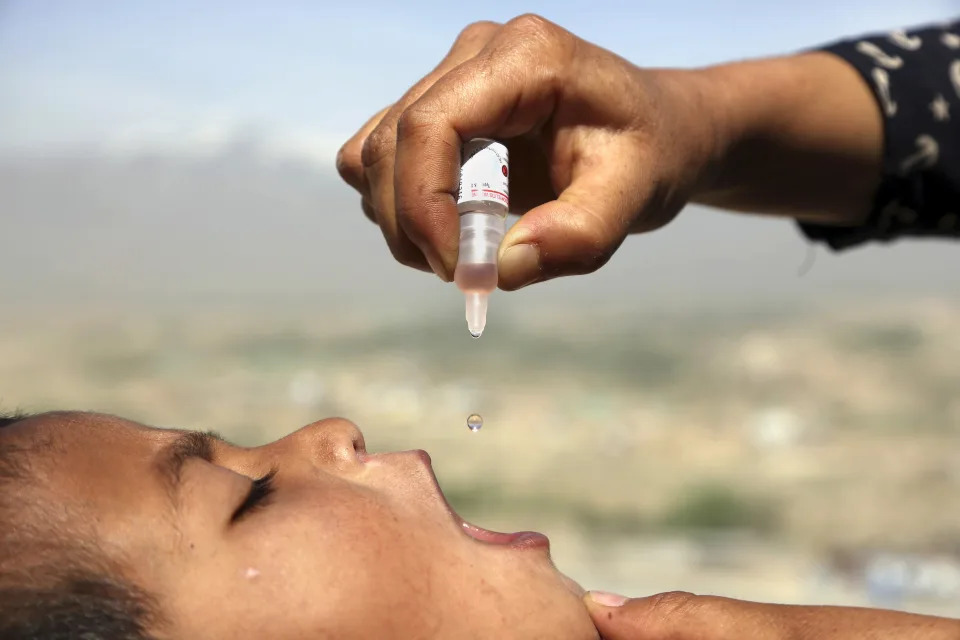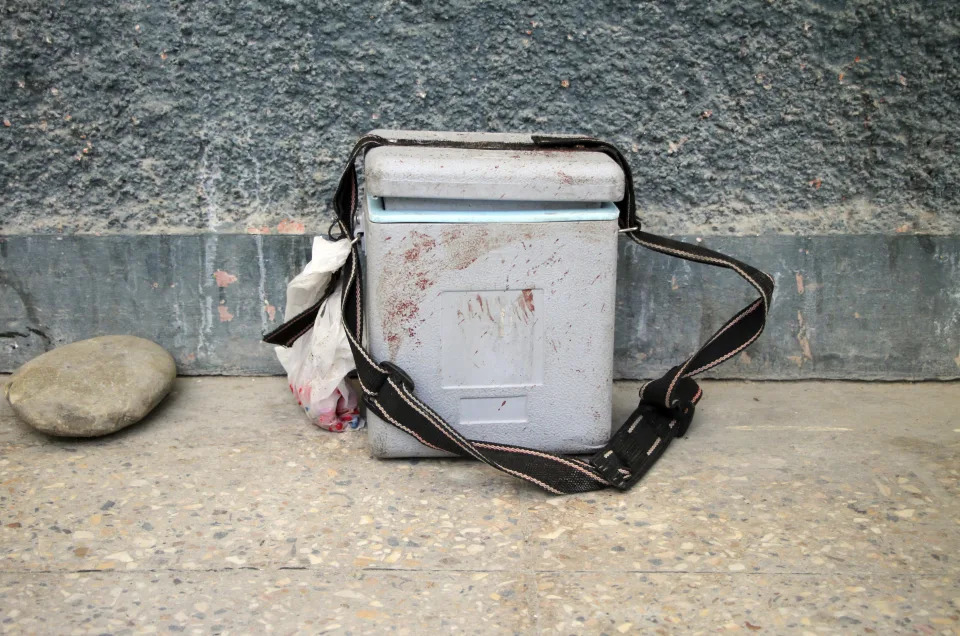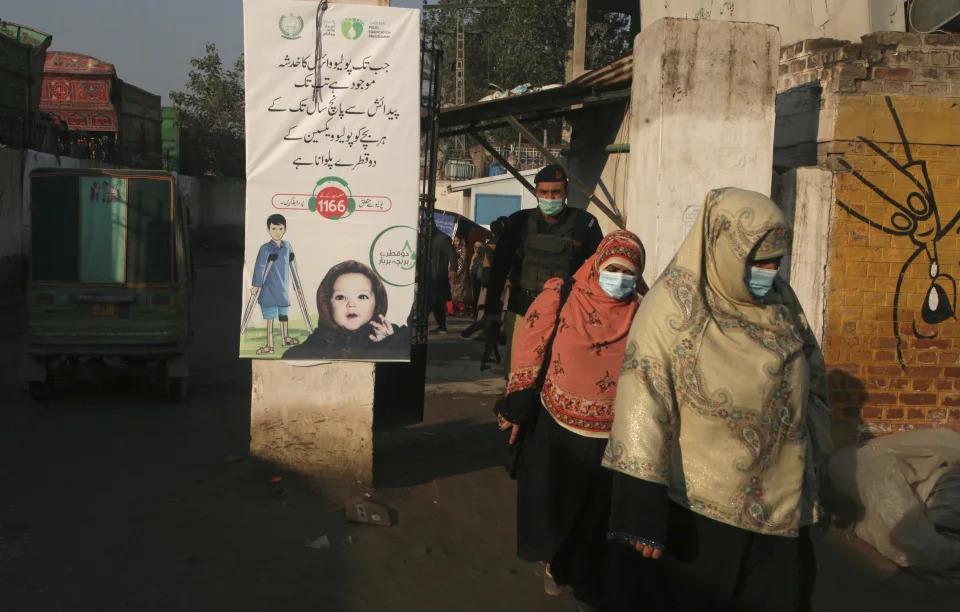Redding Record Searchlight
‘Devastation’: South Shasta County residents deal with drought conditions not seen in 100 years
Damon Arthur – August 29, 2022

Bill Robison has a “lifesaver” who drives a 1973 Ford truck.
A couple times a week, Ed Roberts rolls up to Robison’s house with a 500-gallon tank of water in the bed of his pickup. The truck bounces out into Robison’s orchard along Balls Ferry Road in Anderson, where the two fill barrels with water.
At this time of year Robison usually floods his pecan and walnut orchards with irrigation water from the Anderson-Cotttonwood Irrigation District.
But for the first time in its 106-year history, the district this year did not supply water to residents in southern Shasta and northern Tehama counties.
Residents and local officials said the effect of losing irrigation has hurt the economy, residents and wildlife.
Laurrie Shaw, whose family owns a ranch off Balls Ferry Road, said a group she belongs to called the Anderson-Cottonwood Irrigation District Water Users Association hired a consultant to assess the impacts on the area.
“He was shocked at the devastation that had taken place at that point, when we still had half of our hot weather left to go,” Shaw said.
Josh Davy, a livestock and pasture advisor for the University of California Cooperative Extension, said cattle ranchers and other growers have been hit hard.
Most of the agriculture in the district is pastureland, Davy said.
“So losing it, it’s not just property value, but the overall scheme, the production. And what’s the fallout to our local stores that supply these people and everything else? So yeah, it’s scary right now,” Davy said.
Drought three years in the making
The third year of the drought began to take shape last winter when the rain stopped falling in January, and the meager amounts of precipitation persisted through the spring.
Due to the drought and reduced water allocations from the U.S. Bureau of Reclamation, district officials said last spring they did not have enough water to send down its network of canals to its 800 customers.
With no irrigation, the thousands of acres of green pastures and wetlands in the south county died and turned brown and yellow. Scores of trees throughout the 7,000-acre district also withered and died.
Officials with the California Department of Forestry and Fire Protection have warned that the area poses a fire danger that residents have not seen before.

The bureau supplies water to most water agencies in western Shasta County, as well as irrigation districts throughout the Sacramento Valley. Most of those agencies had their water allotments cut severely.
Because the district has senior water rights, it is typically immune to having its water allocation reduced by more than 25%, she said.
But the North State has not had a typical water year in three years.
Lake Shasta, a major water source to much of California, was only 35% full and at 57% of average for late August. Even though the lake is low, the water level is about 24 feet higher than last year.
Lake Shasta is primarily filled by rainfall, and precipitation remained low for the North State. Redding has received just over 5 inches of rain since January, less than a quarter of its normal rainfall, according to the National Weather Service.
The U.S. Drought Monitor places most of the North State in an “extreme” drought.
Not enough water to go around
Because of the ongoing dearth of precipitation, A.C.I.D.’s allotment was reduced to 22,500 acre-feet of water, about 18% of what it gets in a normal year, said Brenda Haynes, president of the A.C.I.D. board.
Because that amount had to be spread throughout the irrigation season, from April to October, it was not enough to fill the district’s canals to the point water could flow all the way to Anderson and Cottonwood, Haynes said.
Also a concern was that the district canals aren’t lined with concrete, which would have meant that the water would have soaked into the ground underneath before it reached customers’ fields, she said.
So instead of wasting the water, the district sold it to be used for drinking water by local agencies such as the city of Redding, the Bella Vista Water District, the city of Shasta Lake and Shasta Community Services District.
Some of the water was also sold to use as irrigation to the Tehama Colusa Canal Authority, Haynes said.
More: ‘It’s just scary:’ Farmers and ranchers in Anderson and Cottonwood won’t get ag water
Haynes said many of the district’s customers don’t understand why they did not receive irrigation water this year. Some district board of directors meetings have drawn up to 160 people, and many of them angry that their crops and pastures are dried up, she said.
South county residents have formed the water users association to help spread information about the impacts on the area.
Neighbors helping neighbors
Roberts said he found out about Robison and his orchard through the association.
Robison grows mainly pecan and walnut trees on his 7 acres, but he also has apples, peaches and pear trees.
“But they’re not doing so good. It’s knocked them down bad. I mean, we didn’t get any fruit at all hardly, just little bitty stuff that ain’t worth eating,” he said.
Even though it was only August, the leaves on Robison’s trees had already begun to turn brown.
Many of the trees had dropped early their leaves, littering the ground with dry, brown leaves that crunched as Robison walked through his pecan orchard.
He estimates 15 of his walnut trees and four pecan trees had died this year due to lack of water.
He usually floods his orchard with A.C.I.D. water in the summer months.
But this year Robison has 55-gallon barrels set out near his walnut trees. After he and Roberts fill the barrels, the water slowly leaks out through a small hole at the bottom of each container, like a trickle irrigation system.
Roberts, who lives in the district, has also delivered water to others suffering through the dry summer.
“He’s a lifesaver. I’ll tell you, he’s one heck of a guy,” Robison said of his friend.
Roberts said through the water users association he heard about residents in the south county whose wells had gone dry because of the groundwater level dropping, so he initially delivered water to five people.
“I had the ability and the means, so just I felt like I needed to,” Roberts said.
Roberts fills his tank with excess water from Shasta Sustainable Resource Management, a co-generation plant formerly known as Wheelabrator.
By late August, he was down to supplying water to two people, he said. He no longer bothers to take the tank out of the bed of his pickup unless he needs to haul hay for his own cattle.
Wells go dry throughout Shasta County
The loss of A.C.I.D. irrigation water has a secondary effect beyond watering crops and pasture, said Charleen Beard, a supervising engineer with the Shasta County Public Works Department.
The flood irrigation and the district’s network of canals also recharges billions of gallons into the underground aquifer annually. She said the annual irrigation adds from 30,000 acre-feet to 40,000 acre-feet of water a year.
Haynes said the groundwater recharge from district irrigation is about 77,000 acre-feet annually.
An acre-foot of water is about 326,000 gallons of water, enough to supply water to one-half to one California household for a year.
Without the irrigation water recharging the aquifer, the groundwater table in the area served by A.C.I.D. has fallen, Beard said. However, she said the county won’t know how much until it does measurements in October.
Dozens of residents in several areas in the county are reporting residential wells going dry from Lakehead and Oak Run to Millville to Anderson and Cottonwood, she said.
The county has a program to provide financial assistance to residents who need to drill a new water well or sink an existing one deeper, she said. Countywide, there were 36 applications for assistance, 22 of those in the A.C.I.D. district boundaries, Beard said.
But residents who want new or deeper wells may be waiting for weeks, she said, because well drillers have a backlog of clients waiting for help.

The county also provides bottled water and delivers water by truck, she said. The well drilling assistance is provided based on financial income qualifications, Beard said.
But bottled and hauled water is free for those whose wells have gone dry, Beard said.
Cattle ranchers sell their herds
Davy said cattle ranchers will likely feel the impact of irrigation shut-offs beyond this summer.
Many ranchers were forced to sell their cows and calves last spring because the pasture they fed on died from lack of irrigation.
“So the cow base in northern Tehama and southern Shasta has significantly dropped. It’ll take years to recover from that,” he said.
Because the bureau did not fulfill its contract to provide the water owed to the district, there have been discussions about whether the bureau would provide reparations to ranchers and farmers, Davy said.
“But we have no idea how that will unfold or whether the water users would even get it at this point,” he said.

Wildlife also takes a hit from the drought
Humans aren’t the only ones affected by the ongoing drought, Shaw said.
The irrigation canals and the pastures around them acted as wetland areas that supported water birds, insects, frogs and other small animals.
“I can’t help but think the terrible impact to natural environment is the most serious aspect of no water. It’s inconceivable that the Mouth of Cottonwood Creek Wildlife Area has been allowed to go dry. Anderson Creek and all its habitat is dead,” Shaw said.
The wildlife area consists of 1,100 acres situated along Cottonwood Creek where it flows into the Sacramento River. The area is owned and managed by the California Department of Fish and Wildlife.
Peter Tira, a spokesman for the department, said that before irrigation cutbacks, the area received water from the A.C.I.D.
Even though water from the district did not flow into the wildlife area this summer, he said the animals living there are drought-adapted and still have access to water in Cottonwood Creek and the Sacramento River.
Mike Berry, a former fish and wildlife environmental scientist, said throughout the area served by the district, the effects on wildlife have been significant.
“There has also been mass killing of field mice, voles, and other small rodents with a small home range that could not travel all the way to the river for water,” Berry said in an email.
“For over 100 years the water has been delivered to them. The death of tens of thousands of these animals seems minor except these all form the base of the food chain for foxes, bobcats, herons, egrets, owls, raptors, snakes, bats etc. This loss of food source occurred at the height of young rearing for most of these species,” Berry said.
Damon Arthur is the Record Searchlight’s resources and environment reporter. He is part of a team of journalists who investigate wrongdoing and find the unheard voices to tell the stories of the North State.
























